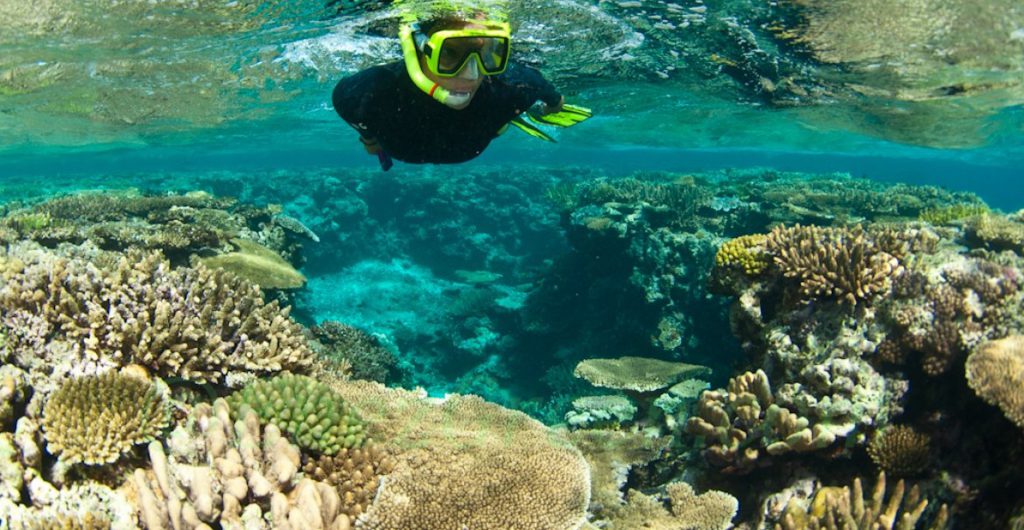The coral bleaching event from February to May 2016 finally remained quite “limited, averaging 2-5% bleached coral”
The health of New Caledonia coral reefs – the largest in the world after the Great Barrier Reef of Australia – had never much worried scientists from the Research Institute for Development (IRD) in Noumea. “At the height of the bleaching, more than 90% of the coral reefs of the mainland and remote Entrecasteaux reefs were affected, says Claude Payri, research director at IRD. In French Polynesia, Reunion and Mayotte, the phenomenon has declared later and with less intensity.
Bleaching is an evidence coral stress, which lose their micro-algae, these organisms that make living reefs. Meteorologists and oceanographers, abnormal overheating seawater recorded for several months in the region in the absence of trade winds is involved. Surface waters have experienced a record heat in February, leading to the mass bleaching events as there been none since the austral summer 1995-1996. “Human activities weaken the coral health by degrading their environment, said the scientist from the IRD. The exploitation of nickel mines, sampling of marine resources but also coastal urbanization and agricultural practices could making them more vulnerable to overheating of the water.”
Reassured, scientists nevertheless find a general weakening corals and fear further overheating
Fortunately, bleaching did not affect all species or all sites. Three months after the beginning of the phenomenon, several species had recovered their symbiotic algae. “Under the influence of the ocean, corals stations of the barrier were not bleached, except in Poindimié (east) and Ouégoa (north), where all the reefs to the shore have been severely affected,” says Sandrine Job, engineer in marine biology. At the head of an association federating about forty divers, and partner of Observation Network of coral reefs (RORC), Sandrine Job collects data bleaching on areas outside Noumea. The RORC has 57 monitoring stations scattered around the archipelago and located in groups of three: one near the coast, one at a middle distance and another one at the edge of the lagoon on the internal barrier.
Without wanting to “minimize” this episode, the biologist notes, however, that it remained quite “limited, averaging 2-5% bleached coral” by site. Science shows however concerned about the arrival of the warmer months, after a noticeably softer cool season than usual. ” We had no winter! If there were to be a new episode of bleaching, it could be critical because the corals are weakened.”




